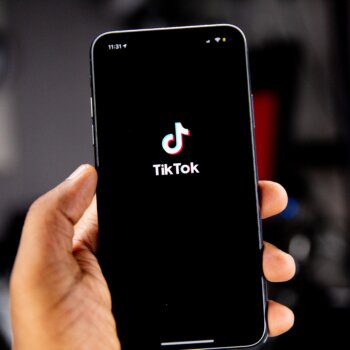While the phrase “ghost kitchen” may conjure up images of haunted houses, the reality is a bit more mundane.
Ghost kitchens are food prep operations with no waiters, no dining room and no parking lot – really, no public presence whatsoever.
But on food delivery apps, they’re alive and well.
In short, ghost kitchens are physical spaces for operators to create food for off-premises consumption. And on apps like Grubhub and DoorDash, listings for restaurants operating out of ghost kitchens usually don’t look any different than those for brick-and-mortar operations. For example, where I live in northern Colorado, there’s a restaurant called Rocco’s Ravioli that appears on the apps. But Rocco’s doesn’t have a storefront. It’s a food delivery service that makes food in a ghost kitchen.
One trend I’m seeing is the formation of central, commissary-style ghost kitchens with multiple restaurants or brands working out of the same physical space. These are often located in industrial parks on the outskirts of cities, since there’s no need to pay downtown rents when there’s no front-of-house operation.
Why ghost kitchens matter
While it’s hard to pinpoint exactly when the first ghost kitchen opened, it was the COVID-19 pandemic that accelerated their growth.
By March 2020, most U.S. jurisdictions had forced restaurants to close their dining rooms to limit the spread of the coronavirus. While some restaurants closed never to reopen, others pivoted to a delivery or carry-out model with varying levels of success.
Some small food operators used ghost kitchens to get a foothold in the market during a time when opening a standard restaurant with a dining room would have been unthinkable. As long as the high fees charged by the major delivery services could be mitigated or built into the price, food delivery outfits working out ghost kitchens could find a way to make a living. Even national chains like Chili’s and Applebee’s used ghost kitchens to keep cash flowing and test new menu items using different brand names in case the ideas flopped.
With customers adapting to the trend quickly and easily, it’s likely that ghost kitchens are here to stay.





























